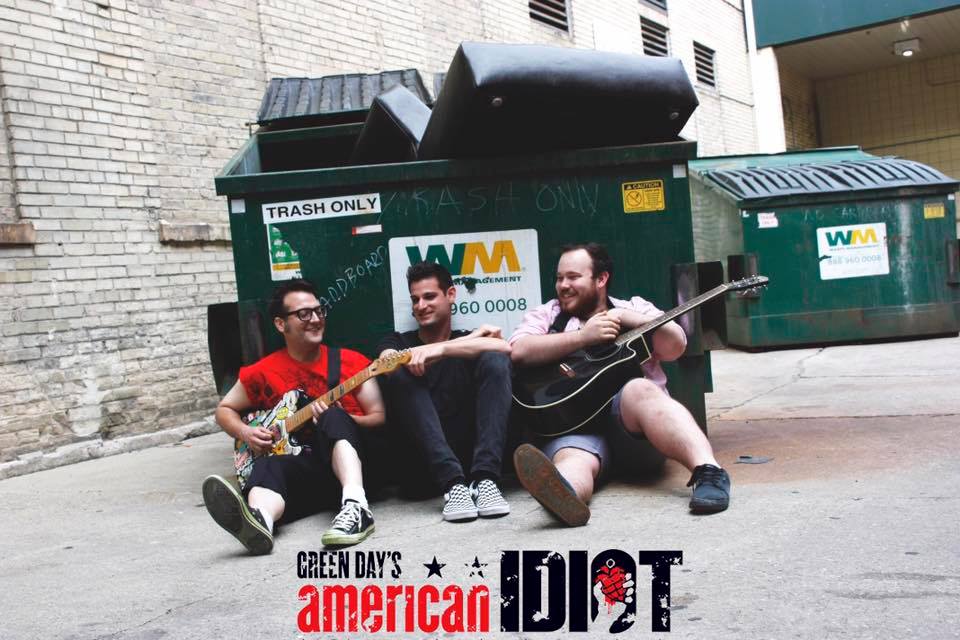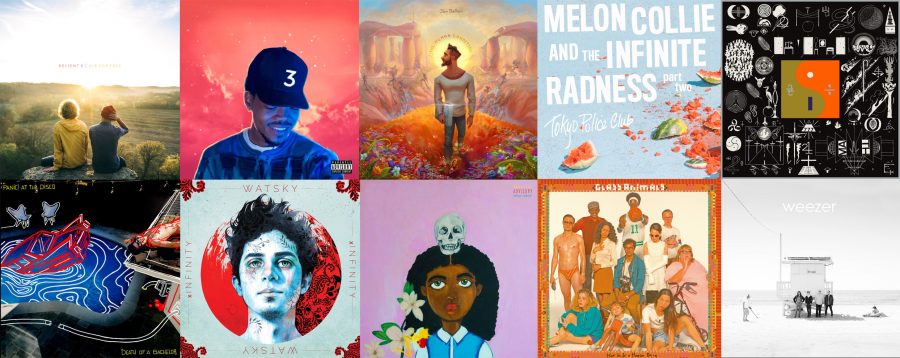
Broadway musicals have a reputation for appealing to a specific demographic. Their audiences usually consist of affluent, middle-aged men and women devoted to the arts. Rarely do they entice punk rockers.
Enter “American Idiot,” the Tony Award-winning Broadway musical adapted from Green Day’s multi-platinum album.
In 2009, the band joined forces with “Spring Awakening’s” Michael Mayer to turn the Best Rock Album of 2004 into a full-on rock opera. It’s not a Green Day concert, but the group certainly had enough hand in it to make it seem like one.
The entirety of the soundtrack is written by Green Day, including all nine tracks from “American Idiot,” five from the band’s following album, “21st Century Breakdown” and a few B-tracks. Frontman and guitarist Billie Joe Armstrong worked with Mayer to put a storyline into the music. Even the lighting design of strobes and lasers carries Green Day’s hard rock style.
Last weekend’s three-run engagement at the Milwaukee Theatre marked the first time “American Idiot” was performed in Milwaukee. While local punk rock fans enjoyed the closest thing to a rock concert Broadway can get, the average theater patron sat through 90 minutes of musical chaos.
Set in late 2001, the show follows three friends, Johnny (Alex Nee), Will (Casey O’Farrell) and Tunny (Thomas Hettrick) as they resist a politically and morally imbalanced society. They plan to run away from suburbia, but when Will becomes a father and Tunny joins the army, Johnny is left alone in a world of drugs and broken promises.
If you read into the script, you could maybe find a connection between the disorganized lives of these rebels and the disorganized style of the show. But on the surface, it appears scattered and confusing.
“American Idiot” got off to an unusual start Friday night with the opening scene. Patrons were still finding their seats when a voice on a loud speaker announced, “North Korea has successfully launched a missile.”
They were relieved to learn it was part of an audio montage, not an Emergency Alert System broadcast, as the curtain went up. As the show went on, it relied on the audience to pick up implicit hints about the plot; for example, the friends’ anger is in part fueled by the 9/11 attacks, something never explicitly mentioned.
Out of sync, zombie-like movements made up the choreography throughout the show. Notable exceptions included a high-flying acrobatics number and a surprisingly beautiful duet involving a rubber band used for drug injections.
The pace moved with quick transitions between songs, packing as much action as possible into the 90-minute, intermission-free show.
In the end, there was no real resolution. The three friends reunite in their suburban hometown, and whether they learned any life-changing lessons is questionable. As Johnny proclaims, “I am an idiot.”
But the die-hard Green Day fans in attendance could not have cared less about plot progression. They focused on the well-known music from a talented cast and band, the core element that kept the show going. If Green Day toured with the show, every performance would sell out in minutes.
Nevertheless, the six talented musicians who performed on stage with the actors, including Wisconsin native Danny Young as the drummer, did justice to the critically acclaimed songs. Although they were visible the entire show, they never distracted from the story and occasionally interacted with the cast.
For being mostly recent college graduates, the cast put on relatively strong, mature performances. One stand-out was Trent Saunders, who portrayed the overly energetic and careless druggie St. Jimmy with enough enthusiasm for the entire cast. Unfortunately, the script did not give other actors similar opportunities for creativity. After two action-packed scenes, Will primarily stayed on his couch in the corner of the stage for the remainder of the show.
For better or for worse, “American Idiot” breaks the rules of the classic musical and makes its own definition of contemporary American theater. It’s the musical every Green Day fan hoped it would be, though perhaps not what the typical theatergoer wanted.



